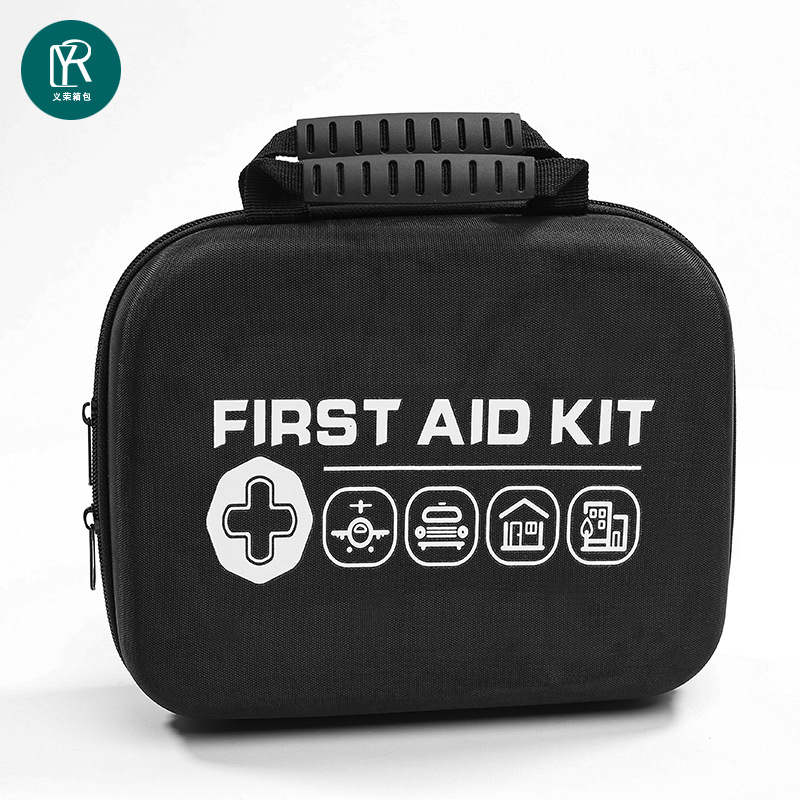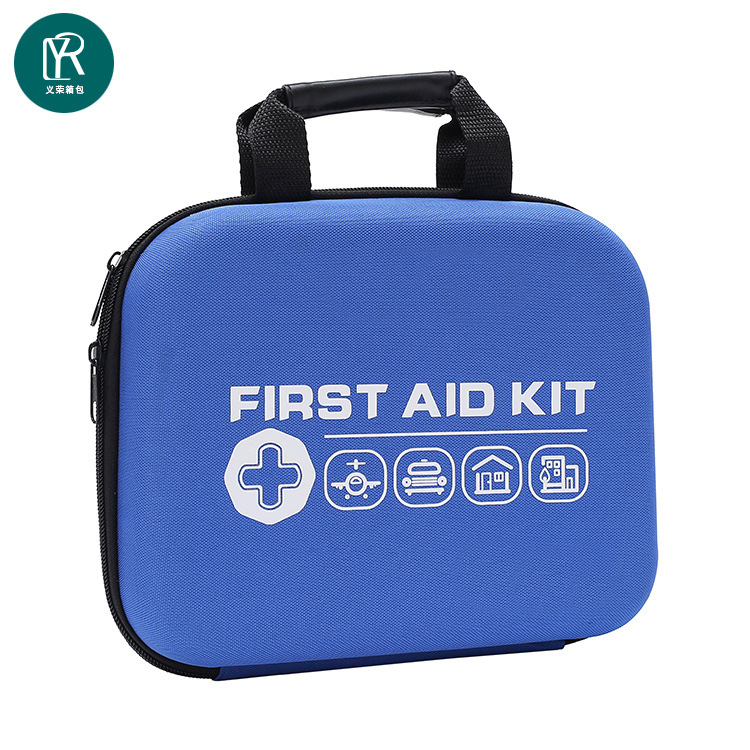Biocompatibility Testing Standards for Medical-Grade EVA Tool Kits
I. Biocompatibility: The Cornerstone of Medical-Grade EVA Tool Kit Access
As carriers of medical devices that frequently come into contact with the skin of healthcare professionals, the biocompatibility of medical-grade EVA tool kits is directly related to patient safety and market access. Biocompatibility testing assesses the interaction between materials and biological systems to mitigate risks such as cytotoxicity and allergic reactions. It is a mandatory requirement for regulatory bodies such as the EU CE Mark and the US FDA. For foreign trade companies, compliant test reports serve not only as proof of product safety but also as a “passport” to global market access.
II. Core Test Items: Safety Bottom Line for Medical-Grade EVA
According to the ISO 10993 and GB/T 16886 standards, medical-grade EVA tool kits must complete the following key tests:
(I) Basic Safety Testing
Test Items
Core Standards
Qualified Threshold
Test Significance
Cytotoxicity Test
ISO 10993-5
Cell Viability ≥ 70%
Avoiding the killing of human cells by material extractables
Sensitivity Test
ISO 10993-10
Sensitivity Index ≤ 1
Preventing skin allergic reactions
Skin Irritation Test
ISO 10993-10
Erythema/Edema Score ≤ 2.0
Assessing safety for surface contact
Heavy Metal Detection
EN 71-3
Lead ≤ 90 ppm, Cadmium ≤ 75 ppm
Eliminate the migration of toxic heavy metals
(II) Scenario-Specific Testing
Blood contact scenarios: Additional hemolysis testing (hemolysis rate ≤ 5%, ISO 10993-4) is required to ensure that EVA does not damage red blood cells when in contact with blood.
Long-term exposure scenarios: Subchronic toxicity testing (no organ damage after 28 days, ISO 10993-11) is added to identify cumulative toxicity risks.
Pediatric medical scenarios: Enhanced formaldehyde emission testing (≤ 0.1 mg/m³, GB/T 2912) and low-temperature brittleness verification are performed.
III. Global Mainstream Standard Systems and Compliance Differences
(I) International Common Framework
The ISO 10993 series is the core basis for biocompatibility testing of medical materials. Those directly relevant to the EVA toolkit include:
ISO 10993-1: Establishes general principles for risk assessment, requiring chemical characterization of EVA components;
ISO 10993-5/10: Defines cytotoxicity and sensitization test methods;
ISO 10993-11: Standardizes the systemic toxicity testing process.
(II) Regional Compliance Key Points
European Union (CE Marking)
Requires compliance with the IVDR (In Vitro Diagnostic Medical Devices Regulation), with testing categorized by duration of exposure:
Short-term exposure (≤24 hours): Cytotoxicity + sensitization testing;
Long-term exposure (>30 days): Additional genotoxicity and chronic toxicity testing.
USA (FDA-registered)
Submission of biocompatibility test reports is mandatory, with ISO 10993 test data preferred. Particular attention is paid to the dissolution of additives such as plasticizers from EVA, and material composition must be registered through a DMF (Drug Master File).
China (NMPA-registered)
The GB/T 16886 series of standards (equivalent to ISO but with some minor differences) is adopted. For example, the cytotoxicity test extract preparation temperature is lower, and the subchronic test period is extended to 35 days.
IV. Testing Process and EVA Material Adaptation Techniques
(I) Standard Testing Process
Preliminary Preparation: Determine the contact type (surface/indirect contact) and duration of the tool kit, and develop a test plan.
Sample Preparation: Prepare the EVA extract according to ISO requirements (typically using 50% saline, extracted at 70°C for 24 hours).
Test Execution: Select a CNAS/CMA-certified laboratory to complete cell culture and guinea pig sensitization tests.
Report Review: Ensure that the data meets the target market standards, and include a material composition table and production process description.
(II) EVA Material Optimization Strategy
Composition Control: Maintain a vinyl acetate content of 18-28wt%, a volatile matter content of ≤0.5%, and minimize unknown extractables.
Process Optimization: Avoid degradation products caused by high-temperature processing and ensure a stable pH between 6.0 and 8.0.
Additive Screening: Prioritize flame retardants and antioxidants with verified biocompatibility, and avoid phthalates.
V. Common Misconceptions and Compliance Recommendations
Misconception 1: Testing only the EVA raw material is sufficient
False! Adhesives and printing inks used in kit production may introduce toxic substances. The finished product, not just the raw materials, should be tested.
Misconception 2: Test reports are permanently valid
Changes to the material formula or production process require retesting. The report’s validity period typically coincides with the product registration cycle (approximately 5 years in the EU).
Compliance Recommendations
Preferably select laboratories with both ISO 17025 certification and medical device testing experience (such as SGS and Saite Testing).
Establish a material supplier audit mechanism, requiring component analysis reports and basic toxicity data for EVA raw materials.
For exporting to multiple markets, adopt a “one-time test, global recognition” strategy (e.g., CE test data can be reused for FDA filings).
Post time: Sep-17-2025






